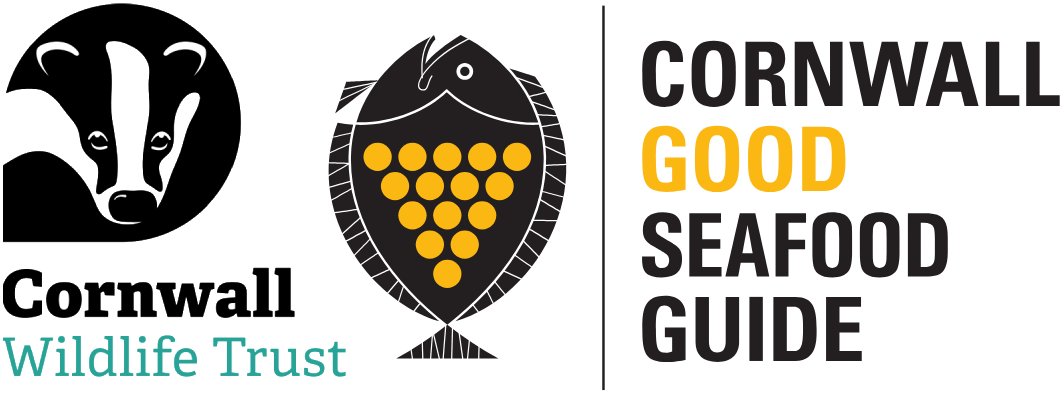
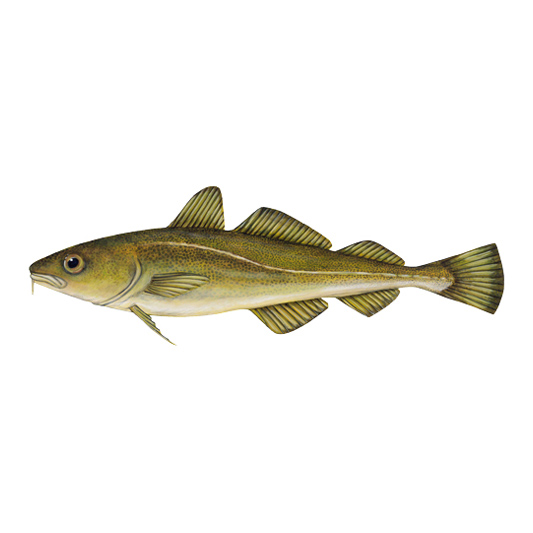
Hugely popular in England as the main fish used in fish and chips. White, flakey flesh with few bones make this a perennial favourite. Sadly Cod stocks are not doing well in Cornish waters due to warm winters and continued fishing effort, fortunately there are lots of other Cornish fish that taste just as good in batter!
Cornwall areas VIIe-h
Cod are rated five - a fish to avoid, regardless of capture method
Learn moreCornwall Good Seafood Guide rates fish on sustainability using a scale of 1 to 5.
1, 2 and 3 are recommended, Fish to avoid are rated 5.
We use the system devised by the Marine Conservation Society (MCS) so our scores are comparable with the scores produced by MCS for the UK and fisheries from all around the world. For more information on scoring click here.
Cod are large predatory fish that hunt small fish and animals that are found on and near the seabed. They are greedy and powerful fish. Cod prefer cool waters and are in the same family as several other whitefish such as whiting, haddock, pollack, pouting and ling. Their depth range is 0 - 600 m, but they are more usually found between 150 and 200 m. They have a common length of 100 cm and can grow up to a massive two meters in length. Maximum published weight 96 kg and a maximum reported age of 25 years. In the North Sea cod mature at 4-5 years at a length of about 50 cm. They spawn in winter and the beginning of spring from February to April. Fecundity ranges from 2.5 million eggs in a 5 kg female to a record of 9 million eggs in a 34 kg female. The fish has a protruding upper jaw, a conspicuous barbel on the lower jaw (used to look for food), and a light lateral line, curved above the pectoral fins. Cod are widely distributed in a variety of habitats, from the shoreline down to the continental shelf. Juveniles prefer shallow (less than 10-30 m depth) sublittoral waters with complex habitats, areas with gravel, rocks, or boulder, which provide protection from predators. Adults are usually found in deeper, colder waters. During the day, cod form schools and swim about 30-80 m above the bottom, dispersing at night to feed. The Trevose bank off the north coast of Cornwall is one of the most important cod spawning areas in Europe and adult cod congregate there in early spring to spawn. These aggregations are now better protected from fishers thanks to the cod box.
According to ICES scientists cod populations in our area (Western English Channel and Celtic sea) are below maximum sustainable yeild and fishing efforts are too high As cod is a cool water species, warm years result in poorer survival of young fish. This is known as poor recruitement. Conversely when we have cold winters cod does better. Sadly we are now in a position where cod stocks are not as healthy in our waters as warm, mild winters since 2015 have resulted in poor recruitments to the stock. This is widely considered to be the direct result of global climate change resulting in increased average sea temperatures. Spikes in cod populations are typical in this area and can lead to problems in years where populations bounce back as limited quota means that cod can become a choke species. (when fish are caught but fishermen don't have sufficient quota to land it legally).
Cod stocks are carefully managed through the EU Common fisheries Policy which sets quotas that control the amount of fishing. The minimum landing size for cod is 35cm in Cornish waters. The aim of the EU Common Fisheries Policy is to work towards recovery of all commercial fish species and cod across European waters are recovering but in our waters warm conditions have meant that they are not doing so well. The industry led closure of the Trevose cod box was set up in 2006 to protect spawning cod in one of Europes most important spawning areas. Prior to this closure fishing vessels were targetting spawning aggregations of cod at a really vulnerable and important stage of life. The closure has had a positive impact on cod stocks and has also helped many other species who spawn in this area at the same time of year.
Cod are caught by Cornish fishermen in gill nets, handlines and trawls. Handlining is the most sustainable method of fishing for cod but the quanties landed are low. They are often caught by trawlers as in Cornwall a random mixture of species are caught - it can be impossible to predict what will be caught and it is difficult to select out this species while retaining other target species.
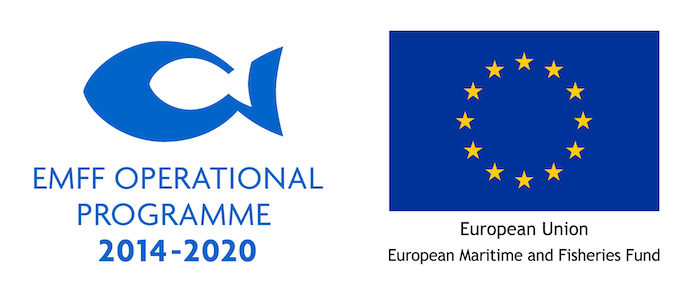
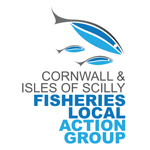
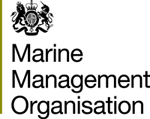
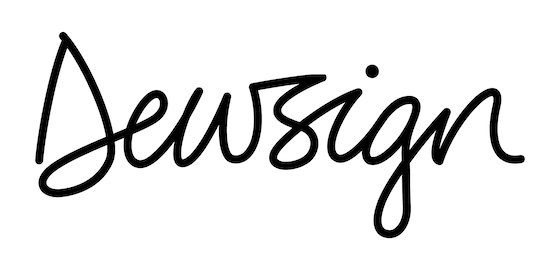


Cornwall Good Seafood Guide is underpinned by the Marine Conservation Society (MCS) Good Fish Guide. The first UK consumer guide to sustainable seafood. For more information visit www.fishonline.org
Cornwall Good Seafood Guide is here to help us all make sustainable seafood choices. Choices that will help us keep the oceans healthy and Cornish fishers' futures safe. This website is funded by Cornwall Wildlife Trust. If you would like to make a meaningful difference to the health of our oceans, please consider making a donation to the Cornwall Wildlife Trust Ocean Emergency fund. Your donation will help safeguard these remarkable environments, ensuring that they continue to thrive for generations to come. Together, we can be stewards of the seas and champions for a healthier, more sustainable future.